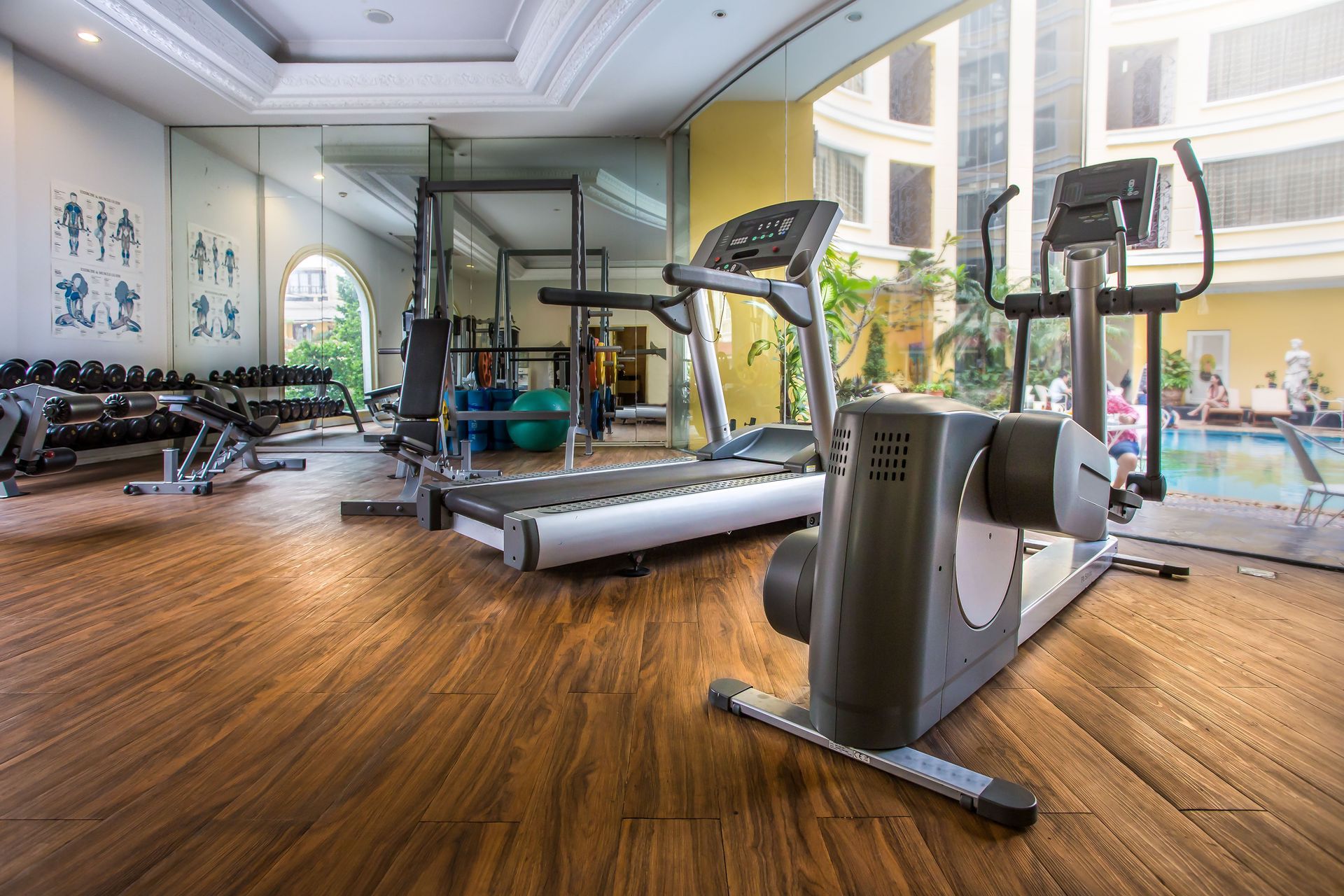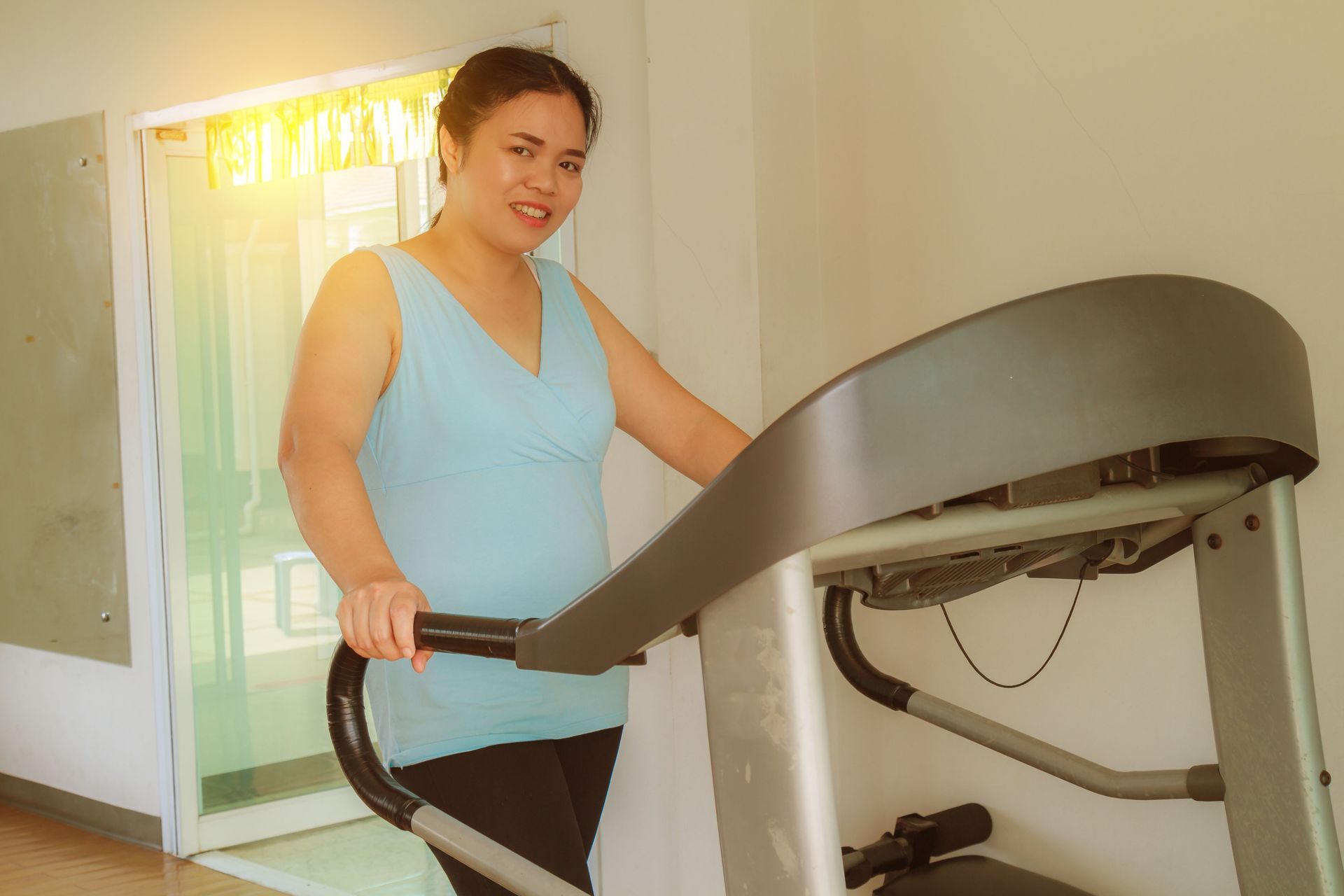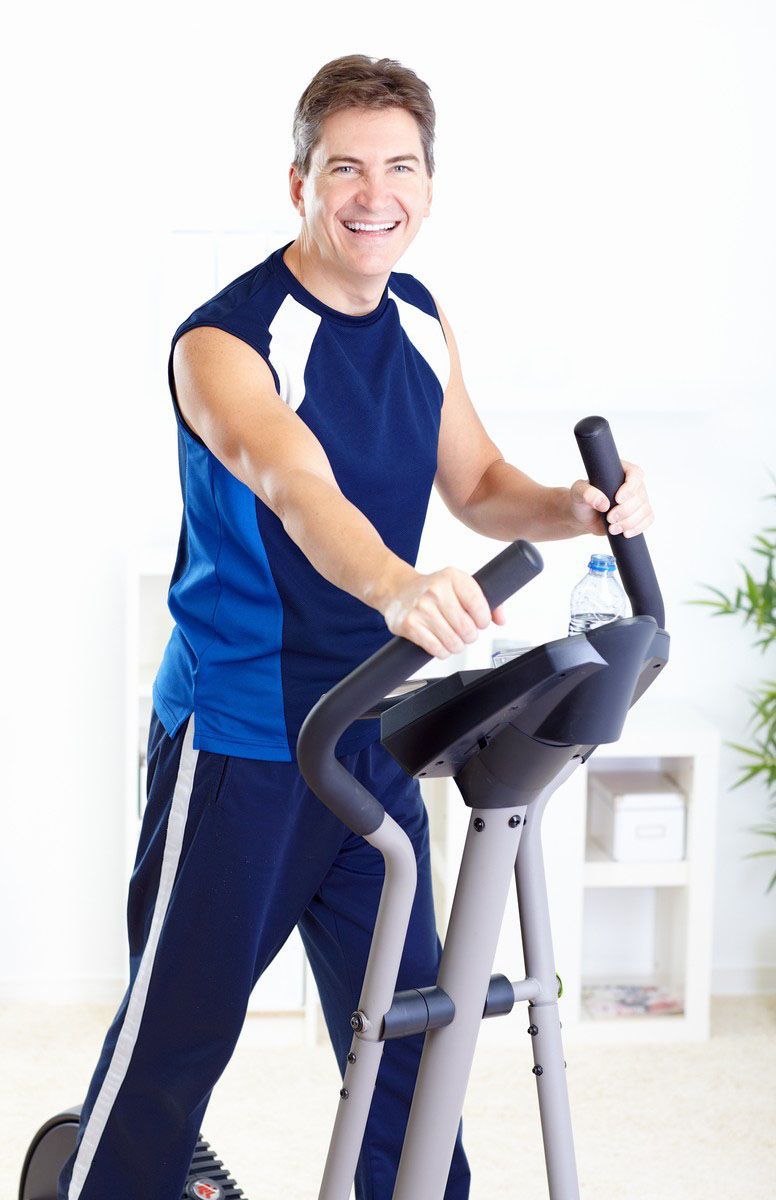How Often Should You Use an Elliptical Machine to See Results?
Using an elliptical machine can be an effective way to improve your cardiovascular health and achieve fitness goals. However, understanding the optimal frequency of use is crucial to maximizing results. This article explores the scientific and practical aspects of utilizing an elliptical machine effectively. Various factors such as personal fitness goals, current fitness level, and individual circumstances all influence the frequency and manner in which an elliptical should be used. By examining these aspects, users can develop a tailored fitness plan to reach their desired outcomes.
Understanding Elliptical Design
An elliptical machine offers a low-impact cardiovascular workout that combines the motions of walking, running, and stair climbing. This hybrid movement provides an effective workout while minimizing stress on the joints, making it suitable for individuals of all fitness levels. The design allows users to engage both the upper and lower body, offering a comprehensive exercise experience. With adjustable resistance and incline settings, workouts can be tailored to meet different goals, making the elliptical a versatile piece of cardio equipment.
Comparing Elliptical Options
There are several types of elliptical machines available, each catering to unique user needs. Front-drive ellipticals position the flywheel at the front, offering compact setups suited for home use. Rear-drive versions provide smoother motion, creating a more natural stride. Center-drive ellipticals balance ergonomics and space efficiency with side-positioned flywheels. While each type differs, the goal remains the same: to deliver a comfortable, effective workout that adapts to the user’s lifestyle and environment.
Exploring Common Features
Modern ellipticals are equipped with adjustable resistance, incline options, and structured workout programs. Many include digital displays that track performance, such as calories burned, distance covered, or heart rate. These features help users monitor progress and adjust intensity to avoid plateaus. Some advanced models even include Bluetooth connectivity, allowing integration with fitness apps for real-time tracking and motivation. These elements support consistent engagement and measurable improvement.
Evaluating Benefits and Limitations
Ellipticals provide advantages compared to treadmills or stationary bikes. Their low-impact design reduces strain on joints, making them ideal for individuals recovering from injury or managing arthritis. Unlike bikes that mainly target lower body muscles, ellipticals engage both arms and legs for a total-body workout. However, some users find the movement pattern less natural than running or cycling. Additionally, high-quality models can be costly—according to Garage Gym Reviews, high-quality ellipticals are commonly found within the $700 to $2,000 price range. While ellipticals support cardiovascular endurance, additional strength training may still be necessary to build muscle mass.
Defining Fitness Goals
Clear objectives are critical when planning elliptical workouts. Goals might include weight loss, improved cardiovascular endurance, or enhanced stamina. Setting measurable outcomes, such as reducing resting heart rate or extending workout duration, provides motivation and direction. Beginners might aim for short sessions several times a week, while advanced users may pursue structured interval routines. Identifying these targets allows the elliptical machine to be integrated into a broader fitness strategy.
Assessing Current Fitness
Before adopting a new routine, it is essential to evaluate your starting point. Fitness assessments might include cardiovascular capacity, flexibility, and strength. A realistic understanding of current ability ensures that workouts are tailored to the right intensity. Beginners may need to start with 15–20 minutes at moderate resistance, gradually progressing. Consulting a fitness professional can also help refine goals and ensure safe practices from the beginning.
Creating Sustainable Plans
A balanced plan combines workout frequency, intensity, and rest. For beginners, three sessions per week at moderate intensity is often recommended, with gradual progression to avoid injury. Intermediate and advanced users can incorporate interval training, incline variations, or longer durations. Adding flexibility by including yoga or weight training helps prevent monotony. Consistency is key, as steady efforts over time yield greater long-term results.
Managing Workout Frequency
Beginners benefit from starting with moderate frequency—about three times a week. Over time, usage can increase to four or five sessions weekly, with incremental improvements in duration or resistance. It is crucial to avoid overuse, as fatigue and joint discomfort may signal the need for rest. Cross-training with swimming, cycling, or strength work ensures variety while reducing risk of injury. Balancing frequency with recovery fosters sustainable growth and prevents burnout.
Advancing Training Programs
Intermediate users can increase intensity with structured interval training. For example, alternating one minute of high resistance with two minutes of recovery challenges cardiovascular endurance while maximizing calorie burn. Mixing up routines—such as alternating steady-state cardio with interval sessions—keeps progress steady and workouts engaging. Advanced users may integrate high-intensity interval training (HIIT), which involves short bursts of effort followed by recovery, to reach peak performance levels in less time.
Incorporating Strength Balance
While elliptical workouts enhance cardiovascular health, they should be complemented with strength training for balanced fitness. Resistance bands, free weights, or bodyweight exercises help build lean muscle mass. Combining cardio with strength boosts metabolism, reduces injury risk, and supports overall fitness. Elliptical routines can be scheduled on alternate days with strength training to create a comprehensive exercise plan tailored to long-term goals.
Recognizing the Role of Recovery
Recovery is as important as training itself. Rest days allow muscles to repair, energy stores to replenish, and performance to improve over time. Active recovery, such as light walking or stretching, can support healing while maintaining movement. Both beginners and advanced users must respect recovery periods to prevent burnout and injury. Listening to the body and adapting intensity accordingly ensures continued progress without setbacks.
Overcoming Performance Plateaus
Plateaus are common in long-term fitness routines. To overcome them, users can adjust frequency, increase resistance, or explore cross-training. Adding new challenges, such as extended incline sessions, can stimulate further growth. Seeking advice from fitness trainers may also introduce advanced strategies to break through barriers. Consistently revisiting and revising goals helps keep routines fresh, motivating, and effective over the long haul.
Supporting Results with Lifestyle
Exercise effectiveness depends on external factors like nutrition, hydration, and sleep. Balanced meals rich in proteins, complex carbohydrates, and healthy fats fuel workouts and recovery. Hydration supports performance and prevents fatigue. Adequate sleep—about seven to nine hours nightly—promotes hormonal balance, tissue repair, and energy renewal. Aligning elliptical training with proper lifestyle habits ensures holistic health improvements.
Enhancing Motivation with Technology
Wearables and mobile apps make it easier to track progress and maintain accountability. Heart rate monitors, calorie counters, and step trackers provide real-time feedback that informs better workout decisions. Many elliptical machines now integrate with these technologies, offering a seamless way to monitor performance. Using these tools can improve adherence, motivation, and results.
Improving Mental Well-being
Elliptical exercise not only improves physical health but also enhances mental wellness. Regular activity reduces stress, boosts mood, and promotes clarity. The endorphins released during workouts create natural energy and positivity. For many, consistent use of an elliptical machine becomes a form of stress relief that supports emotional balance as much as physical strength.
Regular use of an elliptical can transform fitness routines when paired with thoughtful planning and consistent effort. By defining goals, managing frequency, and complementing workouts with recovery, strength training, and supportive lifestyle habits, users can achieve sustainable results. Whether starting as a beginner or advancing with HIIT, the elliptical provides a versatile platform for both cardiovascular improvement and overall wellness. Like any long-term fitness tool, its true benefits emerge through commitment, balance, and consistency. Contact our team at Carolina Specialty Fitness today and learn more about our fitness methods and equipment options.



















Share On: